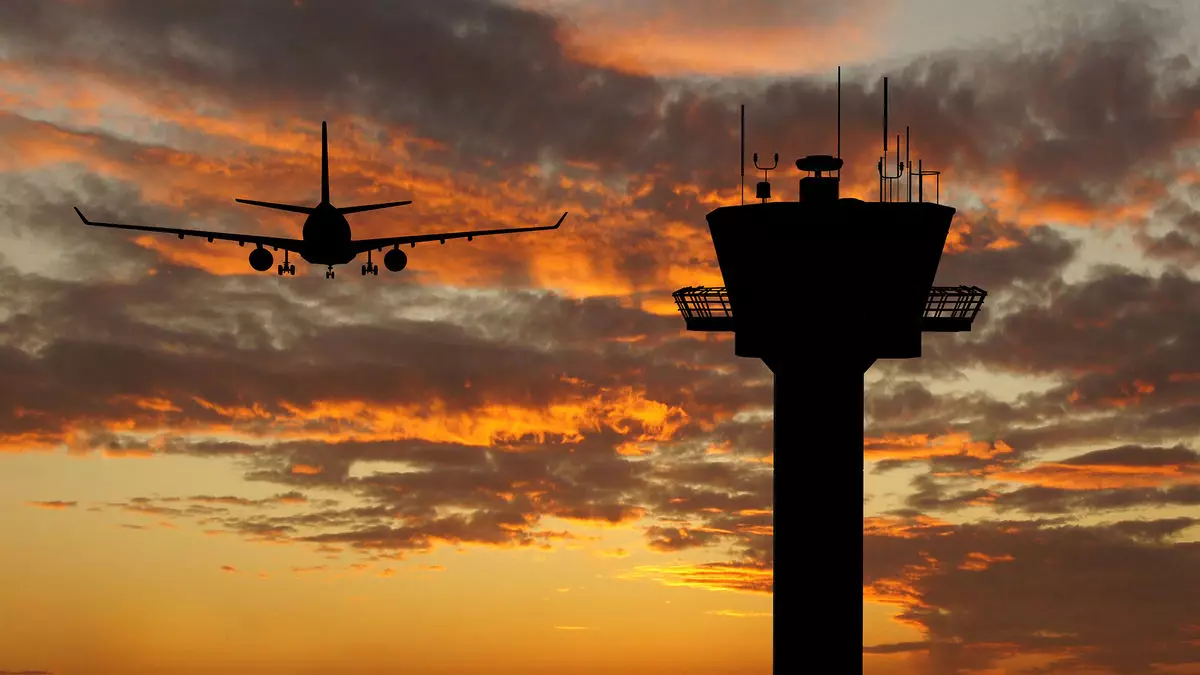The air traffic control system in the United States has been under scrutiny for many years, marked by outdated technology and safety concerns. This reality was tragically underscored during a devastating midair collision on January 29, where an American Eagle jet collided with an Army helicopter near Washington Reagan National Airport, resulting in the loss of 67 lives. In light of this incident, President Trump’s recent announcement regarding plans for a „great computerized“ air traffic control system sparked both hope and skepticism among industry stakeholders and the general public alike.
At the National Prayer Breakfast, President Trump criticized the existing air traffic control system as „obsolete“ and indicated that such tragic accidents could be prevented with better technology. He expressed confidence in the introduction of a new modern system, emphasizing that it would be built from the ground up rather than pieced together from older technologies. Such a comprehensive infrastructure overhaul seeks to mitigate the risk of future incidents and enhance the overall safety of air travel.
One compelling aspect of Trump’s comments is his assertion that the U.S. should learn from other countries with advanced air control systems. He claimed that his own private aircraft operates on a foreign system, hinting at the possibility of leveraging international expertise in crafting a new framework. His proclamations, however, raised questions about transparency and the feasibility of such promises.
The response from industry experts was cautiously optimistic. Geoff Freeman, CEO of the U.S. Travel Association, praised Trump’s commitment but reinforced the need for significant investments in technology and manpower. The travel sector has long advocated for an upgraded air traffic control system to meet escalating demands in air travel and ensure passenger safety. His comments highlighted a collective desire among stakeholders to collaborate with the federal government to actualize these changes.
However, contrasting opinions emerged from various quarters, particularly regarding the ongoing NextGen modernization program overseen by the Federal Aviation Administration (FAA). This $20 billion initiative has faced criticism due to its sluggish implementation and the recent Inspector General report, which suggested that NextGen might not transform the air traffic landscape as originally hoped. Trump’s lack of mention of NextGen during his announcement has left industry representatives pondering the direction of future investments and reforms.
Despite the enthusiastic optimism from some officials, several critical questions linger regarding the practical implications of Trump’s vision. The notion that a new system could be constructed quickly and with minimal expense raises eyebrows within a landscape often bogged down by bureaucracy and regulatory hurdles. The existing projects under NextGen have exhibited slow progress, and the idea of pivoting to a completely new initiative raises concerns about potential disruption and the allocation of resources.
Furthermore, the Federal Aviation Administration has long been mired in political and budgetary complexities. Any plan for a groundbreaking overhaul would undoubtedly require bipartisan support and substantial funding—two elements that have proven challenging to secure in recent years.
As the air travel industry grapples with increasing demands and potential safety risks, the call for a modernized air traffic control system becomes more pressing. President Trump’s proposal to create a state-of-the-art computerized system offers a pathway forward, but it is essential for all stakeholders to critically evaluate the viability and practicality of such claims.
Ultimately, whether through the existing NextGen framework or a new initiative, significant investment in technology and human resources is imperative. The golden opportunity lies in reimagining an air traffic control system that meets the needs of a 21st-century aviation landscape. Engaging with industry leaders, fostering collaboration, and pursuing transparency will be critical if the U.S. seeks to establish an aviation infrastructure that upholds the safety and service that American travelers deserve. The future is uncertain, but it relies heavily on how leaders translate their visions into actionable, effective strategies.


Napsat komentář